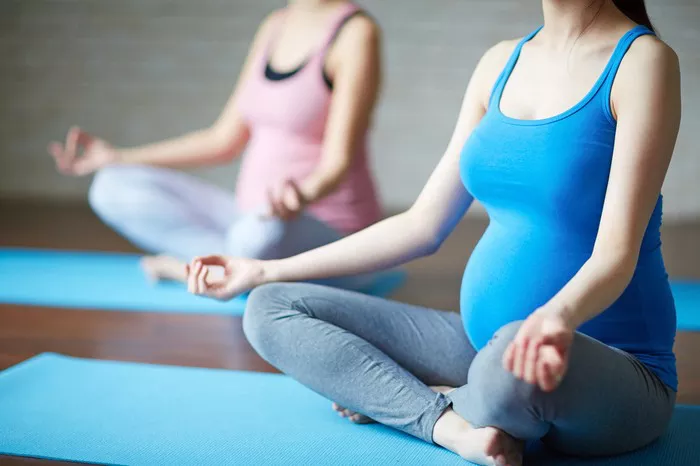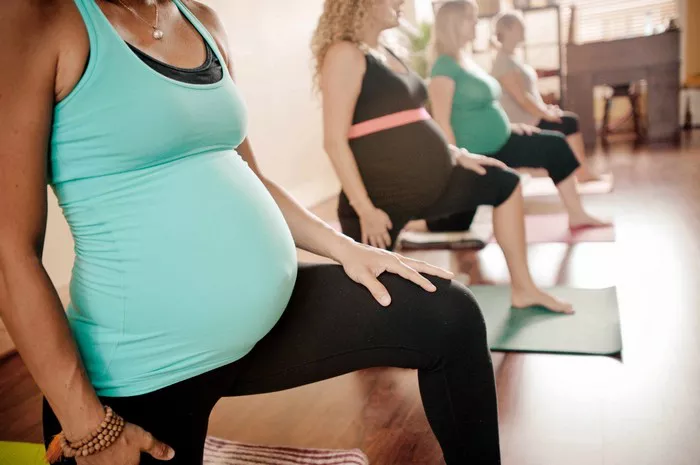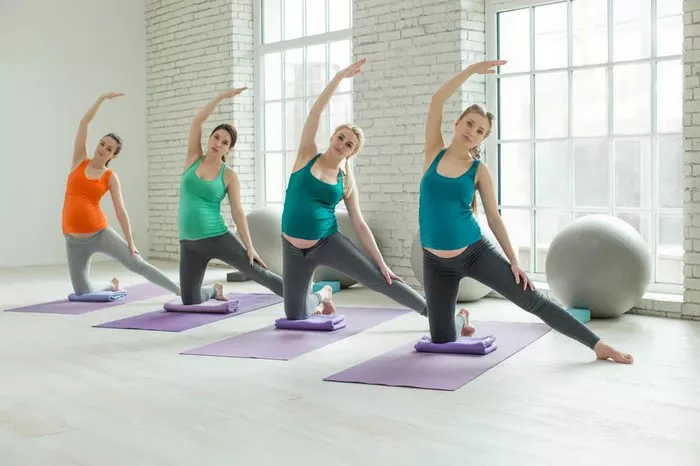Neck pain is a common concern in today’s modern lifestyle, largely due to long hours of screen time, poor posture, and stress. Yoga offers an effective, holistic approach to alleviate this discomfort by improving posture, increasing flexibility, and reducing stress. This article outlines nine professional yet easy-to-understand yoga tips designed to relieve neck pain, enhance your well-being, and support long-term neck health.
1. Understand the Root Cause of Neck Pain
Before jumping into specific yoga poses, it’s crucial to understand the possible causes of your neck pain. Often, poor posture, muscle imbalances, prolonged screen time, and stress are primary contributors. By identifying the underlying reasons, you can better tailor your yoga practice to address specific areas of tension and misalignment. Yoga not only relieves physical tension but also targets mental stress, which often exacerbates muscular discomfort.
2. Focus on Proper Alignment During Yoga Practice
Correct alignment is the foundation of any effective yoga practice, especially when addressing neck pain. Misaligned movements can increase strain and worsen the issue. Always ensure that your head, neck, and spine are aligned in a neutral position. When practicing poses like Cat-Cow or Downward Dog, avoid craning your neck or letting it hang freely. Keep movements slow and deliberate, using your breath to guide transitions while maintaining spinal integrity.
Key Alignment Tips:
- Keep ears over shoulders to maintain neutral neck posture.
- Avoid tilting the chin too far up or down.
- Use mirrors or video feedback to monitor your posture.
- Engage core muscles to support the spine and reduce strain on the neck.
3. Incorporate Gentle Neck Stretches
Gentle stretching is essential to release tension in the neck and surrounding areas such as the shoulders and upper back. Yoga offers a variety of simple stretches that can be done daily, even at your desk. These stretches help lengthen tight muscles and improve circulation, fostering faster healing and better mobility.
Recommended Stretches:
- Neck Tilts: Slowly tilt your head toward one shoulder, hold for 15-30 seconds, then switch sides.
- Chin Tucks: Gently draw your chin toward your chest to stretch the back of the neck.
- Neck Rotations: Rotate your head slowly from side to side to enhance range of motion.
- Shoulder Rolls: Relieve tension in the upper trapezius muscles that often affect the neck.
4. Practice Poses That Strengthen Supporting Muscles
While stretching is important, strengthening the muscles that support your neck is equally vital. Weak muscles in the shoulders, upper back, and core can cause imbalances that lead to neck strain. Yoga includes several poses that gently build strength in these areas, promoting better posture and reducing the likelihood of recurrent neck pain.
Strength-Building Poses:
- Bridge Pose (Setu Bandhasana): Engages the upper back and spine.
- Plank Pose: Builds core strength, which indirectly supports the neck.
- Cobra Pose (Bhujangasana): Strengthens the upper back while promoting spinal extension.
- Warrior II (Virabhadrasana II): Engages shoulders and improves overall body awareness.
5. Use Yoga Props to Support Your Practice
Yoga props such as blocks, straps, and bolsters can enhance your practice and ensure you’re performing poses safely and comfortably. These tools are particularly helpful if you’re dealing with neck pain, as they reduce the need for straining and help maintain proper alignment.
Useful Props and Their Applications:
- Blocks: Elevate the ground in forward folds or lunges to reduce pressure on the spine and neck.
- Straps: Help extend reach without straining the shoulders or neck.
- Bolsters: Provide support in restorative poses to facilitate complete relaxation.
- Wall Support: Use a wall to align and support your posture in standing poses.
6. Breathe Deeply and Mindfully
Breath awareness is a central tenet of yoga and a powerful tool in managing neck pain. Deep, mindful breathing activates the parasympathetic nervous system, reducing stress and muscular tension. It also encourages better posture and movement coordination during your yoga practice.
Breathing Techniques:
- Diaphragmatic Breathing: Focus on expanding the belly as you inhale to engage deeper breathing muscles.
- Ujjayi Breath: A controlled breath through the nose with a slight constriction in the throat to calm the nervous system.
- Box Breathing: Inhale, hold, exhale, and pause for equal counts to promote relaxation.
Incorporating these breathing techniques into both your yoga routine and daily life can significantly ease neck tension.
7. Try Restorative Yoga for Deep Relaxation
Restorative yoga is particularly beneficial for those experiencing chronic neck pain. This gentle practice involves holding supported poses for extended periods to promote deep relaxation and healing. It helps reset the nervous system and allows overused muscles to rest.
Effective Restorative Poses:
- Supported Child’s Pose: Use a bolster to support the torso and neck.
- Legs-Up-the-Wall Pose (Viparita Karani): Eases lower back and neck tension.
- Reclining Bound Angle Pose (Supta Baddha Konasana): Opens the chest and relaxes shoulder muscles.
These poses are best practiced in a quiet, dim environment to fully benefit from their calming effects.
8. Incorporate Daily Mindfulness and Posture Checks
Neck pain isn’t only about physical misalignment; it’s also tied to our mental and emotional habits. Daily mindfulness can improve body awareness, helping you catch and correct poor posture before it causes discomfort. Use reminders throughout your day to scan your body and make adjustments.
Mindfulness Practices:
- Set hourly posture alerts on your phone or computer.
- Check-in with your breath during stressful moments.
- Practice seated meditations to cultivate awareness and mental clarity.
- Use a journal to note times when your posture slips or neck pain arises.
Combining mindfulness with your yoga practice ensures lasting results and helps prevent pain from returning.
9. Stay Consistent and Listen to Your Body
Healing through yoga is a gradual process. Consistency is key to making progress and experiencing long-term relief from neck pain. Avoid pushing yourself too hard and honor your body’s limits each day. Some days you may feel more flexible, while others may require a gentler approach. The key is to stay committed without overexerting.
Conclusion
Neck pain can be disruptive and persistent, but incorporating yoga into your daily routine provides a holistic and sustainable solution. These nine tips serve as a comprehensive guide to improving posture, reducing tension, and enhancing overall well-being. Whether you’re a beginner or an experienced practitioner, integrating these practices can help you live with less pain and greater ease.
Related Topics:


















